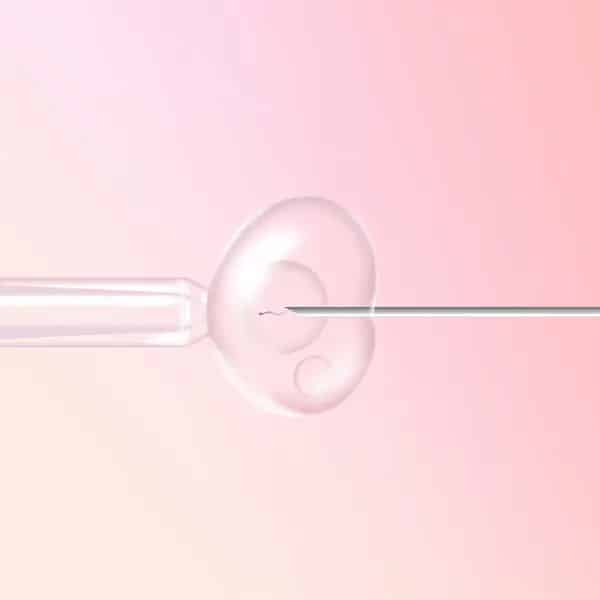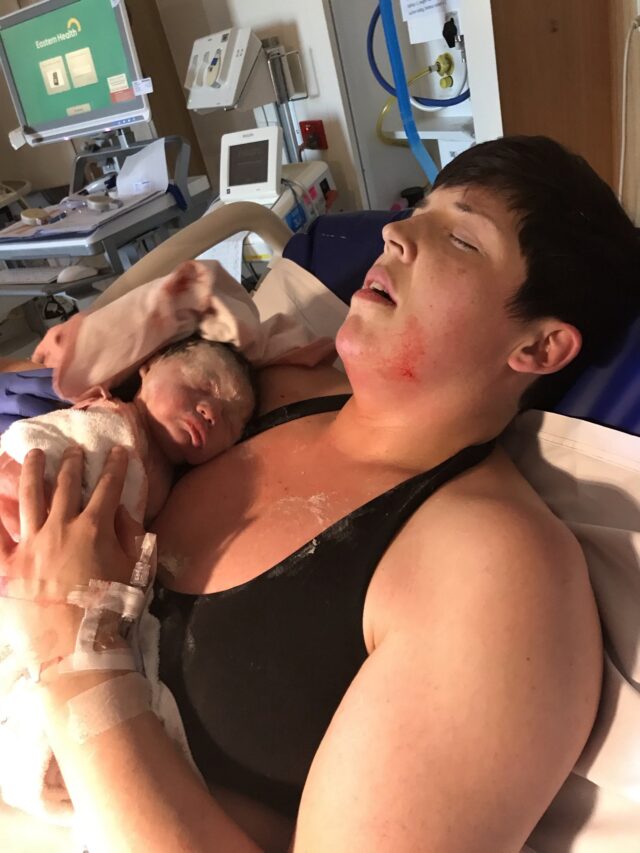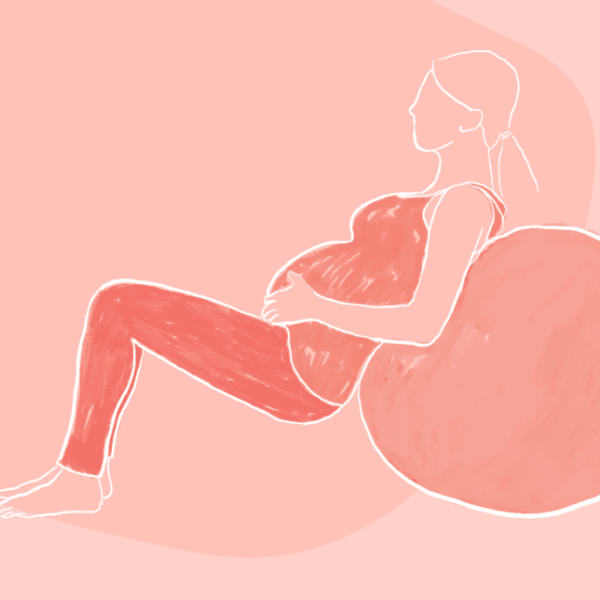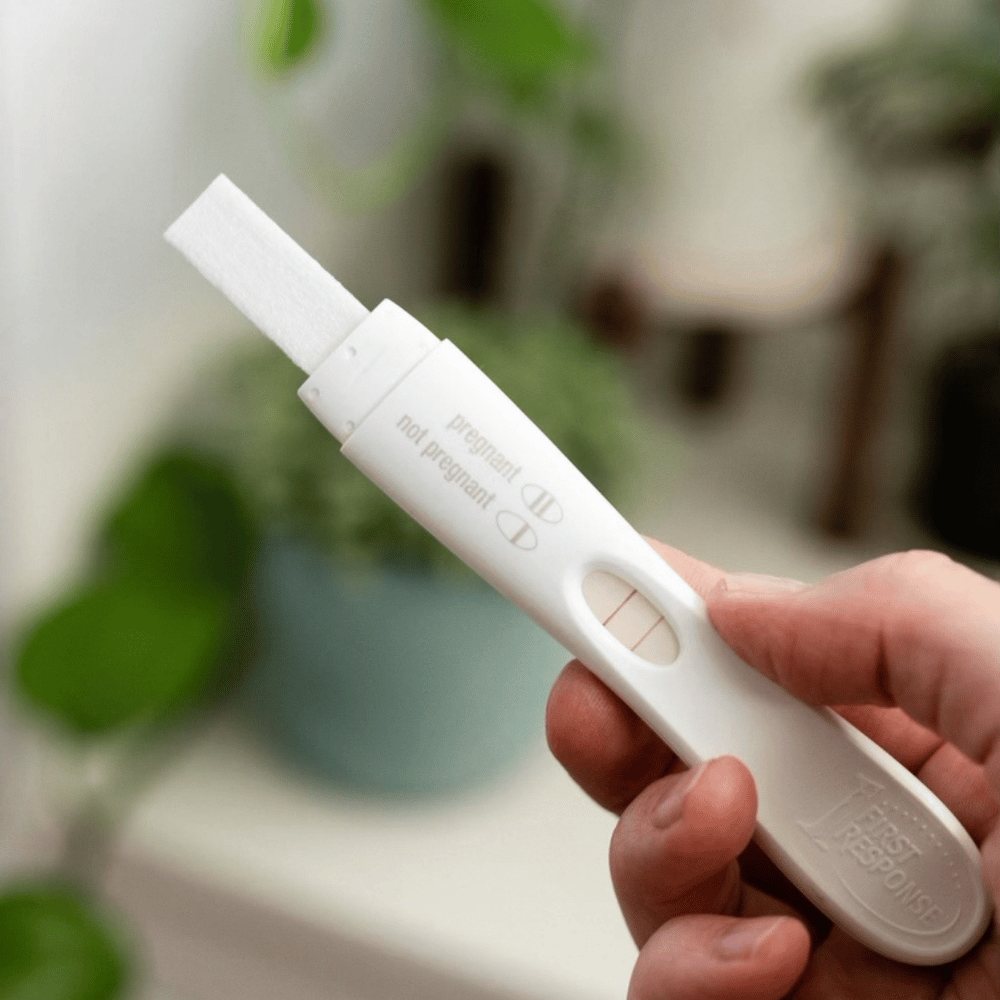In your menstrual cycle, you have a 3-5 day window What is infertility?
What is infertility?

If you’re currently trying to conceive (TTC) and you’re concerned about your fertility, you’re not alone. There is a lot of social conversation about infertility in Australia, with 1 in 6 couples seeking fertility treatment for either medical infertility or social infertility (queer couples and solo mothers by choice).
Exploring your fertility treatment options can be daunting, especially if you’re wary of your reproductive timeline or you’re restricted by finances. If you want a thorough guide to fertility options in Australia, listen to episode 397 with Dr Violet Kieu, a consultant gynaecologist specialising in fertility, reproductive endocrinology, and fertility preservation at Melbourne IVF. With her extensive knowledge and experience, she clearly explains the step-by-step process of fertility treatment, including education, initial investigations and counselling, as well as Intrauterine Insemination (IUI) and Invitro Insemination (IVF).
For now, here’s five answers to frequently asked questions about fertility treatment:
What is infertility?
The World Health Organisation (WHO) defines infertility as a heterosexual having unprotected intercourse for 12 months if they’re under 35 (six months if they’re over 35) and not conceiving. However, if you have known fertility issues such as Polycystic Ovarian Syndrome (PCOS) or endometriosis, it’s best to seek professional advice sooner rather than later. This also applies to queer couples and solo mums by choice.
What lifestyle habits improve fertility?
You can expect your GP or your fertility doctor to advise a change in lifestyle habits before any initial fertility tests are suggested. Regular exercise, a wholefood diet, limiting alcohol and quitting smoking are all positive steps towards improved fertility. Sleep is also incredibly important for hormone regulation which is essential for reproduction. As for environmental factors, be aware of endocrine disruptors which have a negative impact on your hormonal health; avoid plastics when you can (especially if you’re heating food), wash your fruit and vegetables and decline the receipts that print quickly as they contain nasty heat pressed compounds.
How much does fertility treatment cost?
This is not an easy question to answer because there are so many factors involved. It’s also important to note that while there are publicly-funded fertility clinics in Australia, they are rare and they have long waiting lists which isn’t ideal if you’re wary of your reproductive timeline and time is of the essence! If you have social infertility, you will be expected to do two rounds of IUI to prove that you’re medically infertile before you’re eligible for any Medicare rebates. As for the basic costs after rebate, expect to pay $1500 for each round of IUI and $5500 for each round of IVF.
What is IUI?
Intrauterine Insemination involves putting sperm directly into the uterus. To maximise the chance of sperm being there to meet the egg at the right time, IUI is done alongside ovulation induction. By day 3 of your cycle, you take medication which can help increase your own levels of follicle-stimulating hormone which helps grow the follicle and mature the egg. You can also have a low dose of follicle stimulating hormones. On day 8 – 10 of your cycle you’ll have a transvaginal ultrasound to look at the size of the follicles. If there are two, there is a higher chance of a twin pregnancy and your doctor may suggest cancelling the procedure (it will definitely be cancelled if there are three eggs as it poses a high risk to the mother and potential triplet pregnancy). If there is one egg, your doctor will choose the best time for the intrauterine sperm process which is where a tiny catheter goes through the cervix and puts the sperm directly into the uterus so it’s ready for the egg to come down the fallopian tubes.
What is IVF?
Invitro Insemination is more complex than IUI. Instead of aiming for one egg, your doctor is wanting to collect as many eggs as safely as possible in one period cycle. This involves injections of a high dose follicle stimulating hormone from day 3-14, which is when the eggs are just about to ovulate. Because there’s more than one follicle developing there’s more oestrogen released, which prompts a range of symptoms including breast tenderness, bloating, mood changes, nausea, bowel irritability and changes to libido. Within the IVF cycle there’s three injections so on day 8 when you attend the clinic for your transvaginal ultrasound, you start taking a second injection which is an antagonist to keep the follicles there, so they don’t ovulate. The final injection is a trigger and that’s the final maturation step, which loosens the follicle and makes it easier to collect the eggs. Once the eggs are collected, the sperm is injected and once the embryos make it to day 5 maturation, one embryo is implanted into the uterus and the others are frozen.
Are you concerned about managing your mortgage through maternity leave? Bank Australia acknowledges the almighty transition of postpartum and the stress that comes with less income and one more family member. They also don’t want to interfere with the precious experience of the newborn stage so they actively support growing families by offering a parenting pause. When you bank with Bank Australia, you have the option of pausing your home loan repayments for three months, offering you financial breathing space as you adjust to life after birth. And for those who are a bit further along on their parenting journey, Bank Australia has an Eco-Pause for homeowners who want to redirect their money to sustainable upgrades like solar panels, batteries and water tanks. Bank Australia understands the importance of family life and wants to help you help the planet. To make the switch today head to bankaustralia.com.au/birth
Our Podcast Picks for You
Categories
Related Products
-
The Birth Class
105 reviews$249.00The empowering online childbirth education program that will help you confidently prepare for birth.
Get your copy of our Perineal Massage Guide in your inbox
Keep Reading
We think you might enjoy these articles
@AustralianBirthStories
Follow along with us
@AustralianBirthStories
Follow along with us
@AustralianBirthStories
Follow along with us
@AustralianBirthStories
Follow along with us
@AustralianBirthStories
Follow along with us
@AustralianBirthStories
Follow along with us
@AustralianBirthStories
Follow along with us
@AustralianBirthStories
Follow along with us
@AustralianBirthStories
Follow along with us
@AustralianBirthStories
Follow along with us
@AustralianBirthStories
Follow along with us
@AustralianBirthStories
Follow along with us







